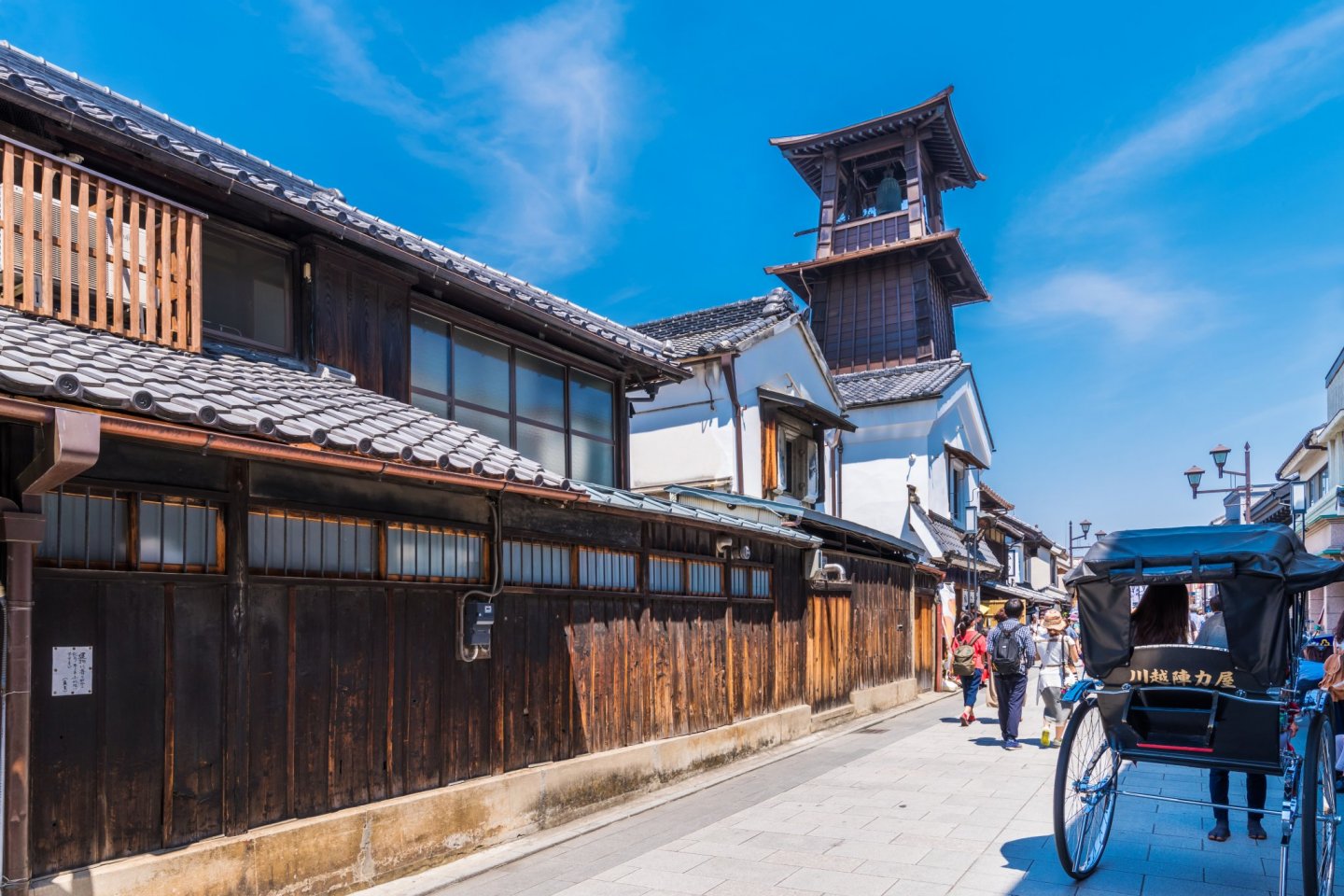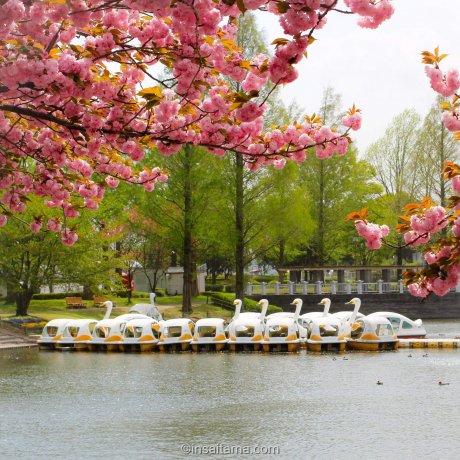

Kawagoe
Enjoy an Edo town feel not far from the big city
Things to do in Kawagoe
Upcoming Kawagoe Events

Kitain Temple Daruma Market 2026
Every year on January 3rd several temples around Japan have a Daruma Market. A Daruma Doll is a type of talisman. People come to..
Where to eat in Kawagoe

Vanitoy Bagel
Todd WojnowskiVanitoy Bagel is a fantastic cafe and bagel shop in the "Old Town" neighborhood of Kawagoe, Saitama. The food, drinks and atmosphere..

Starbucks Kanetsuki Street Kawagoe
Lynda HoganOne of Japan's most beautiful Starbucks is in Kawagoe, right by Kawagoe's famous bell tower landmark. Moreover, the branch..

Kawagoe Art Cafe Cafe Elevato
Lynda HoganKawagoe Art Cafe Cafe Elevato has a bar on the first floor and a cafe on the second. One of the first buildings on Ichibangai, the..
Latest Kawagoe Reports

SNOOPY Village Opens in Kawagoe
Kim BergströmA new spot for Snoopy fans has just opened in Japan, with SNOOPY Village welcoming visitors in the historic city of Kawagoe from..

Things to Do at Kawagoe Park
Lynda HoganIn this episode of the "Another Kawagoe" series I introduce a few of the charms of Kawagoe Park on the outskirts of the tourist..

Su Lab Kendama Cafe
Lynda HoganKendama is a traditional Japanese toy whose popularity has prevailed throughout the years. Moreover, in modern times, kendama is..

























